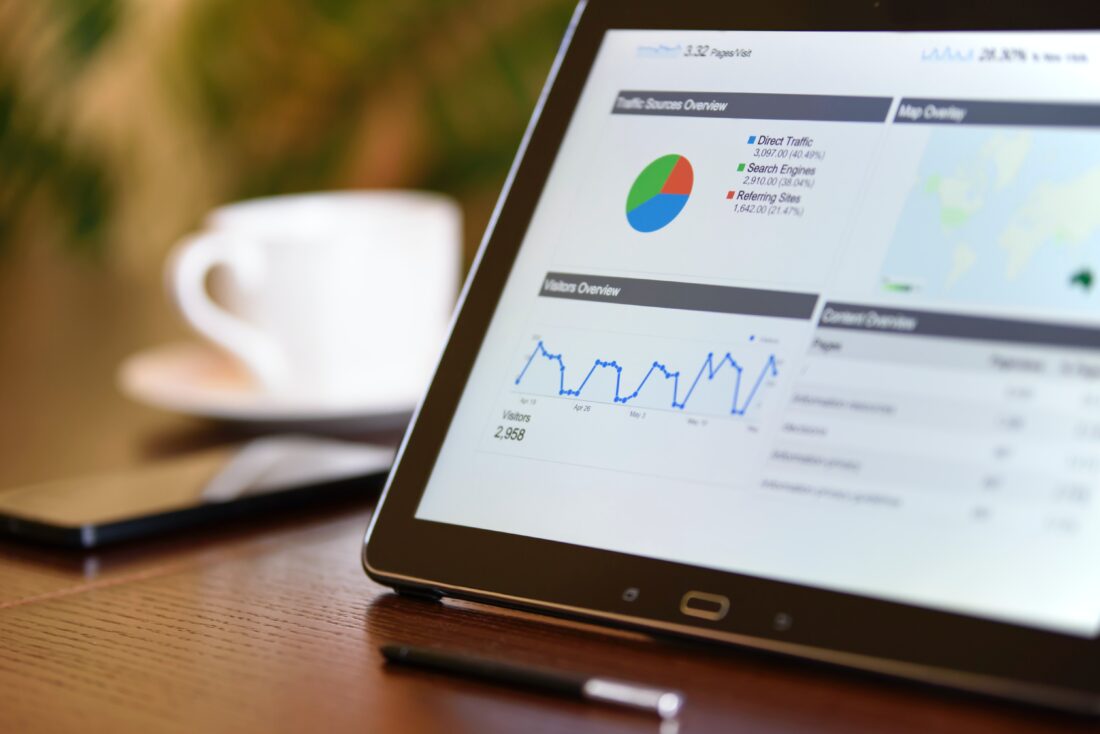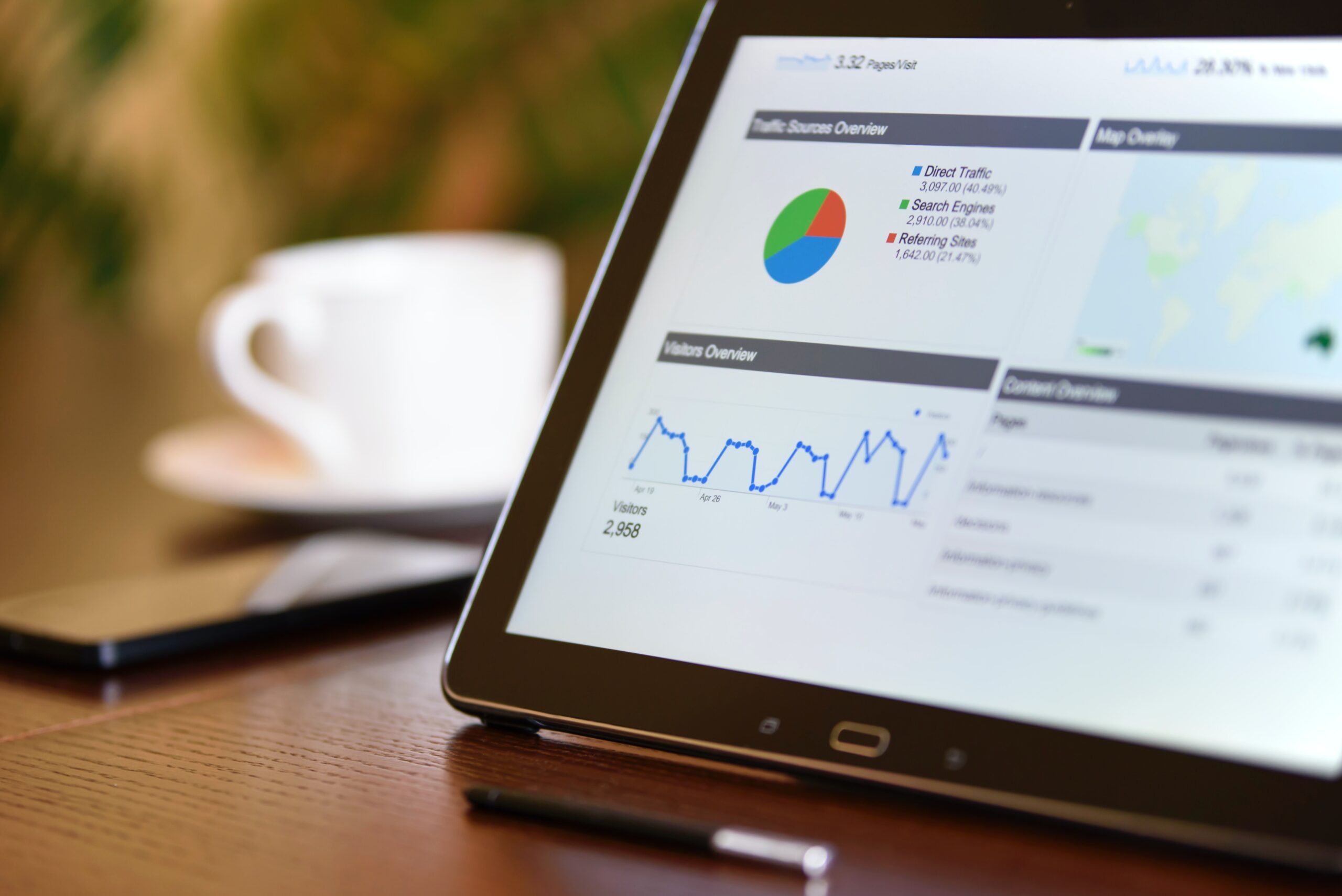
What is Web Analytics? Definition, Methods & Tools
The importance of web analytics is becoming more apparent as more businesses move their activities online. Web analytics refers to collecting, measuring, analyzing, and reporting website data to comprehend and optimize its utilization. It offers valuable insights that can assist businesses in making data-driven choices that can improve user experience, generate conversions, and increase revenue. This article will explain what web analytics is, why it is essential, and the techniques used in it.
What is Web Analytics?
Web analytics is the process of gathering, measuring, and analyzing data in order to better understand user behavior, website performance, and the efficacy of digital marketing campaigns. It also offers information about engagement, traffic sources, and metrics such as bounce rate, conversion rate, and average session duration.
Analytics tools such as Google Analytics are frequently used to collect website data. These tools use cookies to monitor consumer behavior on websites and to generate reports on audience demographics, behavior flow, and conversion tracking.
Importance of Web Analytics
Web analytics provides companies with valuable insights into important performance metrics like page views, bounce rate, and time spent on site. This data can assist businesses in identifying places for improvement and optimizing user experience.
- Understand user behavior: Web analytics provides businesses with information about user behavior, such as which sites your users are viewing most frequently, where they come from, and which devices they use. This data can help businesses enhance user experience and conversion rates;
- Measure marketing campaigns: analytics tools can provide information on traffic sources, user behavior, and conversion tracking to help you measure the success of your digital marketing campaigns;
- Identify high-performing content: Web analytics can assist companies in identifying and optimizing high-performing content for increased engagement and conversions;
- Improve user experience: Web analytics can assist businesses in identifying places for improvement in user experience and design interface;
- Identify target audiences: By having access to demographic and geographic data on website visitors, companies will be able to identify their target audience and focus marketing efforts on them;
- Increase conversions: By finding areas for improvement in customer experience, content, and marketing campaigns, web analytics can assist businesses in increasing conversions;
- Measure return on investment (ROI): By providing insights into conversion rates and traffic sources, businesses will have more success with calculating the return on investment of digital marketing campaigns;
- Improve search engine optimization: By finding areas for improvement in website structure and content, web analytics can assist businesses in improving their search engine optimization (SEO) efforts;
- Stay ahead of the competition: By giving insights into website performance and user behavior, web analytics can help companies stay ahead of the competition.
Web Analytics Techniques
There are different techniques used to track and analyze website data. Some of them includes:
- Pageview tracking: This method counts the number of times a web website is viewed. This metric is used to assess visitors’ activity and measure the performance of web pages by how well your audience visits them;
- Event tracking: This tracks how your audience engages with web elements such as buttons, links, and videos. This metric is used to assess user engagement and the success of websites;
- Conversion tracking: This counts the number of website visitors who finish a desired activity, such as making a purchase or completing a form. This metric is used to determine the efficacy of digital marketing efforts;
- A/B testing: A/B testing entails comparing the performance of two different versions of a web page. This technique is used to improve the user experience and the performance of websites;
- Heatmap analysis: This measures web page interactions by showing the areas of the page with the highest user engagement. This technique is used to improve website design and customer experience;
- Funnel analysis: Funnel analysis records the steps that users take on a website to complete a desired action, such as making a purchase. This method is used to find areas for improvement in website design and user experience;
- Cohort analysis: This technique groups your visitors based on a common feature, such as the date they first viewed a website. This technique is used to assess user retention and behavior;
- Segmentation analysis: This technique involves dividing website visitors into groups based on common traits like demographics or behavior. This technique is employed in order to identify target audiences and personalize user experiences;
- Time-series analysis: Time-series analysis examines how website performance varies over time. This technique is used to spot trends and make data-driven choices;
- Attribution modeling: This technique quantifies the impact of each marketing channel to conversions. This technique is used to optimize marketing campaigns and successfully allocate resources.
The Best Web Analytics Tools
- Narrative BI;
- Google Analytics;
- Mixpanel;
- Amplitude;
- Heap;
- Hotjar;
- Adobe Analytics;
- Matomo;
- Click.
Conclusion

To summarize, web analytics is a critical tool for businesses looking to make data-driven decisions and improve their online presence. Businesses can improve user experience, increase conversions, and stay ahead of rivals by monitoring website performance, understanding user behavior, and tracking marketing campaigns. Each web analytics software is unique, catering to different needs and business objectives. When choosing a software, consider your company’s capabilities, traffic volume, and the professional competencies of your webmaster.





